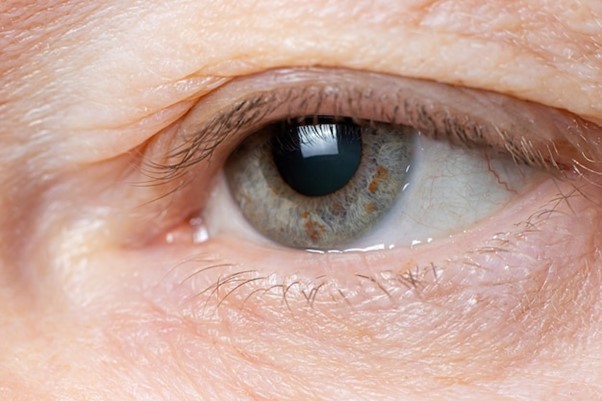Did you know droopy eyelids, clinically known as ptosis, can significantly impact both your appearance and vision? If you’ve noticed that your upper eyelids appear saggy, it’s essential to understand what ptosis is and how it can be addressed.
What Is Ptosis?
Ptosis is condition where the upper eyelid droops more than normal, which can range from barely noticeable to completely covering the pupil and obstructing vision. Ptosis can affect one or both eyes and varies in severity. This condition can be present at birth or develop later in life.
What Causes Ptosis?
There are several reasons why ptosis may occur:
- Ageing: Over time, the muscles and ligaments around the eyes naturally weaken, leading to droopy eyelids.
- Injury: Damage to the muscles or nerves that control the eyelid can result in ptosis.
- Neurological and Muscle Disorders: Conditions affecting nerves (neurogenic ptosis) or muscles (myogenic ptosis) can lead to this issue. In more serious cases, conditions like strokes or tumors may be the underlying cause.
- Aponeurotic Ptosis: This common form occurs when the tendon that lifts the eyelid becomes stretched or detached.
What Are the Symptoms?
While ptosis can affect your appearance, it can also impair vision. Common symptoms include:
- Impaired Vision: Difficulty seeing, especially when looking upwards, due to eyelid droop.
- Sleepy Appearance: Ptosis often gives the eyes a tired or droopy look.
- Eye Strain: Frequently trying to lift the eyelid may lead to discomfort and fatigue.
- Dry or Watery Eyes: Increased tearing or dryness may occur.
In severe cases, ptosis can lead to vision problems like astigmatism or amblyopia (lazy eye), particularly in children.
How Is Ptosis Diagnosed?
Diagnosis begins with a comprehensive eye examination. Your eye doctor will assess the position and strength of your eyelid muscles. Additional tests may include:
Slit Lamp Examination: This test assesses the overall health of your eyes.
- Tensilon Test: This test measures muscle strength to exclude other potential conditions.
What Are the Available Treatment Options?
Treatment depends on the severity of your ptosis and its impact on vision or daily life. Options include:
- Watch full waiting: If mild and not affecting vision, monitoring may be recommended.
- Surgery: Eyelid surgery (blepharoplasty) is often suggested if ptosis obstructs vision or affects appearance.
- Botox Injections: For milder cases, Botox can temporarily lift the eyelid for cosmetic reasons.
- Ptosis Crutches: Specialized glasses can hold the eyelid up for those not suitable for surgery.
Understanding ptosis is crucial as it can affect both your vision and overall quality of life. Early medical intervention is crucial for effectively managing this condition. Regular eye check-ups can help catch ptosis early, allowing for tailored treatment options.
At Smart Vision Hospital, we prioritize your eye health and are dedicated to providing personalized care. If you suspect you have ptosis or experience any related symptoms, don’t hesitate to schedule a comprehensive eye examination. Our team is here to help you see clearly and comfortably.


